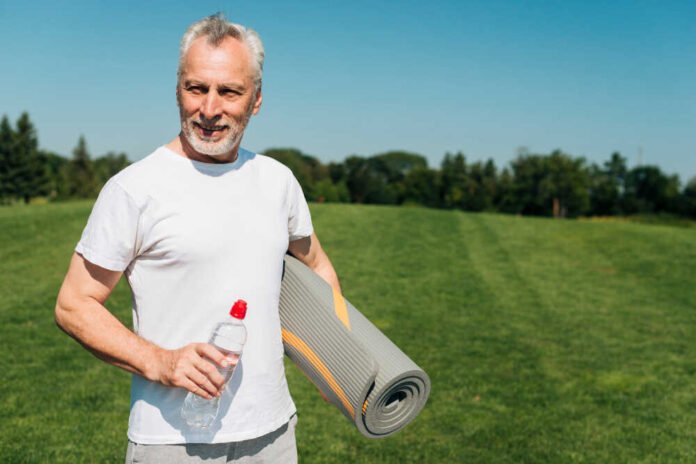As the population ages, ensuring the health and well-being of older adults becomes increasingly crucial. Residential homes play a significant role in providing care and support for seniors, including addressing their health and fitness needs. This blog will explore why it’s essential to prioritize health and fitness among older adults in residential homes and discuss strategies to promote a healthy lifestyle in this population.
The Importance of Health and Fitness in the Elderly
Ensuring optimal health and fitness is paramount for elderly individuals as it directly contributes to their overall well-being and independence. Engaging in frequent physical activity plays a pivotal role in warding off common chronic ailments like heart disease, diabetes, and osteoporosis, all of which pose heightened risks for seniors. Moreover, maintaining an active lifestyle enhances mobility, balance, and coordination, thereby diminishing the likelihood of falls and associated injuries—a critical concern among older adults. Additionally, scientific evidence underscores the positive impact of exercise on mental health, as it diminishes symptoms of depression and anxiety while bolstering cognitive function, thus fostering a sense of overall wellness.
Challenges Faced by Elderly Residents in Residential Homes
Despite the importance of staying active, elderly residents in residential homes often face various barriers to engaging in physical activity. These may include physical limitations, chronic health conditions, fear of falling, lack of motivation, and environmental factors such as limited space and accessibility issues. Additionally, some seniors may have cognitive impairments or other health concerns that require specialized support and encouragement to participate in fitness activities. Langford Park Care Home provides a nurturing environment where residents can actively engage in personalized fitness activities tailored to their interests and abilities, fostering a sense of community and well-being.
Strategies for Promoting Health and Fitness
To address these challenges and encourage health and fitness among elderly residents in residential homes, several strategies can be implemented:
- Tailored Exercise Programs: Develop personalized exercise plans that cater to each resident’s unique needs and abilities. These programs should include a range of activities such as stretching, strength training, balance exercises, and low-impact aerobics.
- Group Fitness Classes: Arrange group fitness sessions customized to match the preferences and capabilities of the residents. These sessions offer more than just physical advantages; they cultivate social connections and a communal atmosphere among participants.
- Incorporate Daily Activities: Encourage residents to integrate physical activity into their daily routines, like taking short walks, gardening, or participating in household chores. Simple activities like these can contribute to overall fitness and mobility.
- Utilize Adaptive Equipment: Provide access to adaptive equipment such as walking aids, resistance bands, and stability balls to assist residents in performing exercises safely and effectively, taking into account any mobility or balance issues they may have.
- Educate and Motivate: Offer educational sessions on the significance of physical activity and its benefits for overall health and well-being. Additionally, provide motivational support and encouragement to help residents overcome any barriers or hesitations they may have about exercise.
- Foster a Supportive Environment: Create a supportive environment within the residential home that promotes a culture of health and fitness. This may involve collaborating with staff members, caregivers, and family members to reinforce the importance of physical activity and encourage participation.
- Monitor Progress and Adjustments: Regularly assess the residents’ progress and make necessary adjustments to their exercise programs based on their changing needs and abilities. Monitoring their physical activity levels and overall health can help to identify areas for improvement and ensure that they are receiving adequate support.
Conclusion
In conclusion, promoting health and fitness among elderly residents in residential homes is essential for enhancing their overall quality of life and well-being. By implementing tailored exercise programs, organizing group fitness classes, incorporating daily activities, utilizing adaptive equipment, educating and motivating residents, fostering a supportive environment, and monitoring progress, residential homes can play a significant role in helping seniors stay active and healthy as they age. Through these efforts, we can empower older adults to live fulfilling and independent lives for years to come.
